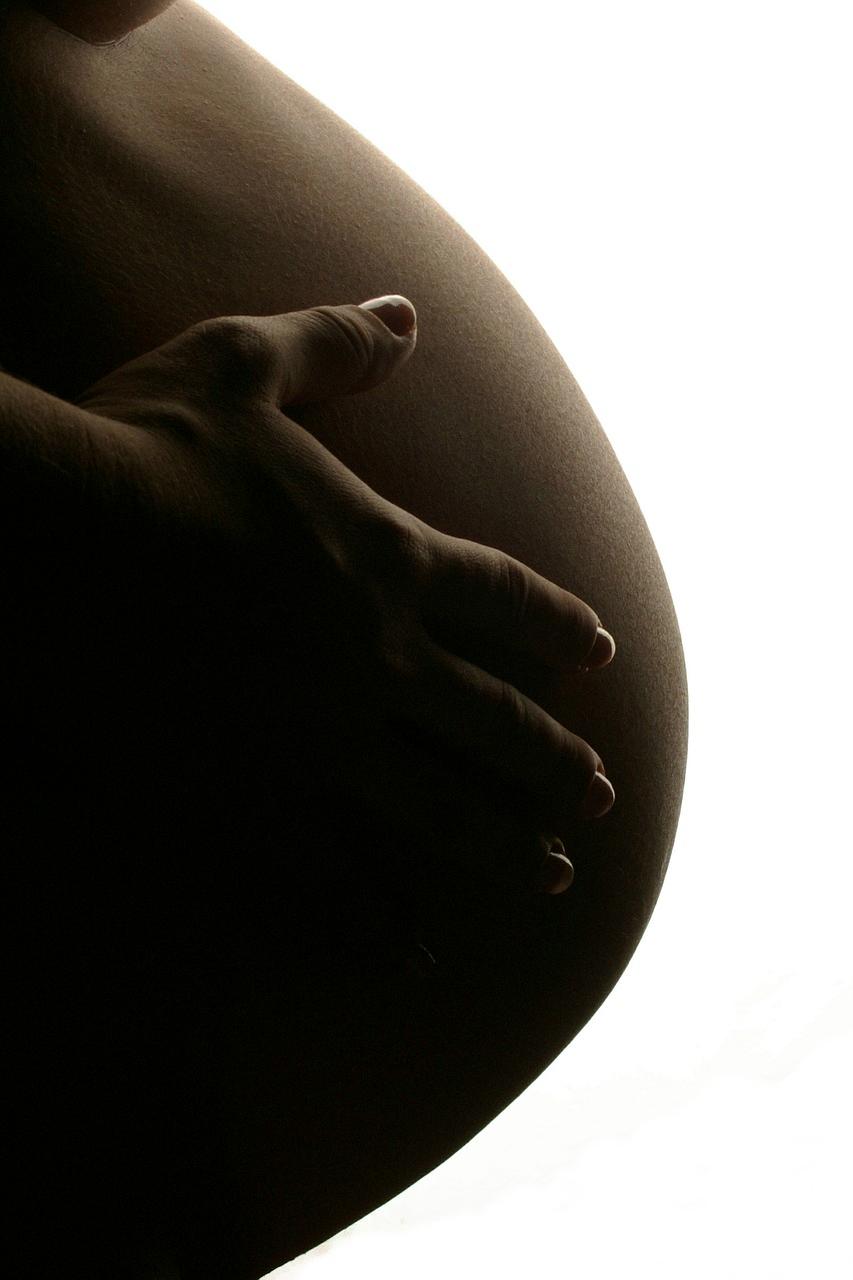Termination of pregnancy in the first trimester typically involves various methods that are safe and effective. One commonly used method is uterine aspiration, which is also known by several other names such as aspiration curettage, suction curettage, dilation and curettage, or procedural abortion.
Uterine Aspiration
Uterine aspiration is a commonly used method for terminating pregnancies in the first trimester. It involves using a suction device to remove the contents of the uterus, including the developing embryo or fetus. The procedure is usually performed under local anesthesia and is considered safe and highly effective.
Medication Abortion
Another method for terminating pregnancies in the first trimester is medication abortion. This method involves taking medications, usually a combination of mifepristone and misoprostol, to induce a miscarriage. Medication abortion is non-invasive and can be done at home in some cases.
Dilation and Curettage (D&C)
Dilation and curettage, commonly known as D&C, is a surgical procedure that may be used for first-trimester pregnancy termination. During a D&C, the cervix is dilated, and the contents of the uterus are removed using a curette. This method is typically performed under local or general anesthesia.
Methotrexate and Misoprostol
Some healthcare providers may recommend a combination of methotrexate and misoprostol for terminating pregnancies in the first trimester. Methotrexate is given as an injection, which is followed by taking misoprostol to induce contractions and expel the contents of the uterus.
Expectant Management
In some cases, expectant management may be an option for terminating a pregnancy in the first trimester. This approach involves waiting for the body to naturally miscarry without any medical intervention. It is essential for individuals considering this option to seek medical advice and monitoring.
Risks and Considerations
It is crucial for individuals to discuss the risks and benefits of different termination methods with their healthcare providers. Each method has its own set of considerations, and the choice of method may depend on various factors such as gestational age, medical history, and personal preferences.
Post-Termination Care
After a termination of pregnancy in the first trimester, individuals may require post-care and follow-up visits with their healthcare providers. It is essential to follow any instructions provided by the healthcare team and attend scheduled appointments for monitoring and support.
Emotional Support
Terminating a pregnancy can be a challenging experience emotionally, and individuals may benefit from seeking emotional support from healthcare professionals, counselors, or support groups. It is essential to prioritize self-care and seek help if needed.
Conclusion
Termination of pregnancy in the first trimester involves several safe and effective methods, including uterine aspiration, medication abortion, Dilation and Curettage (D&C), and others. It is crucial for individuals to make informed decisions in consultation with their healthcare providers and receive appropriate post-termination care and support.

